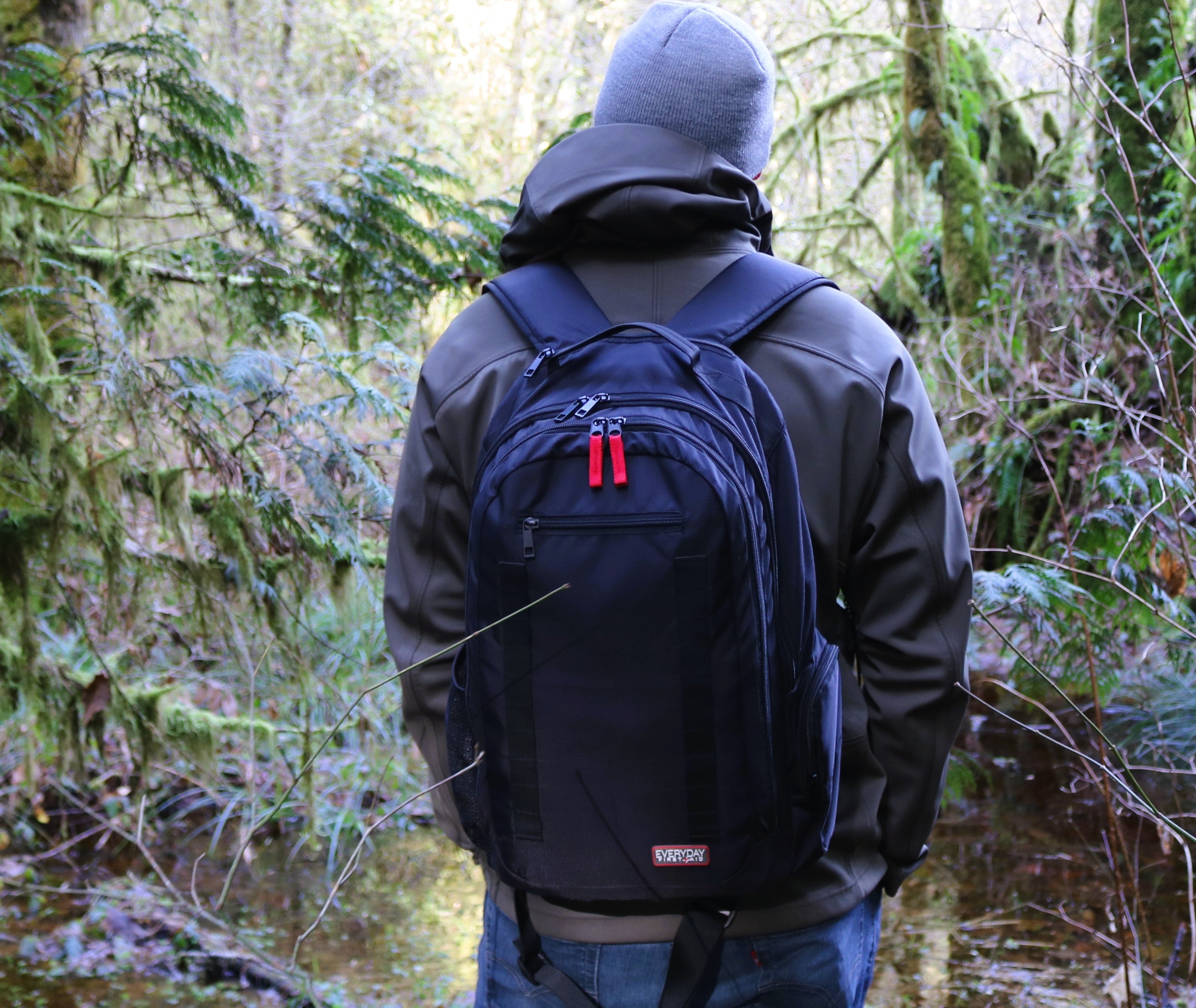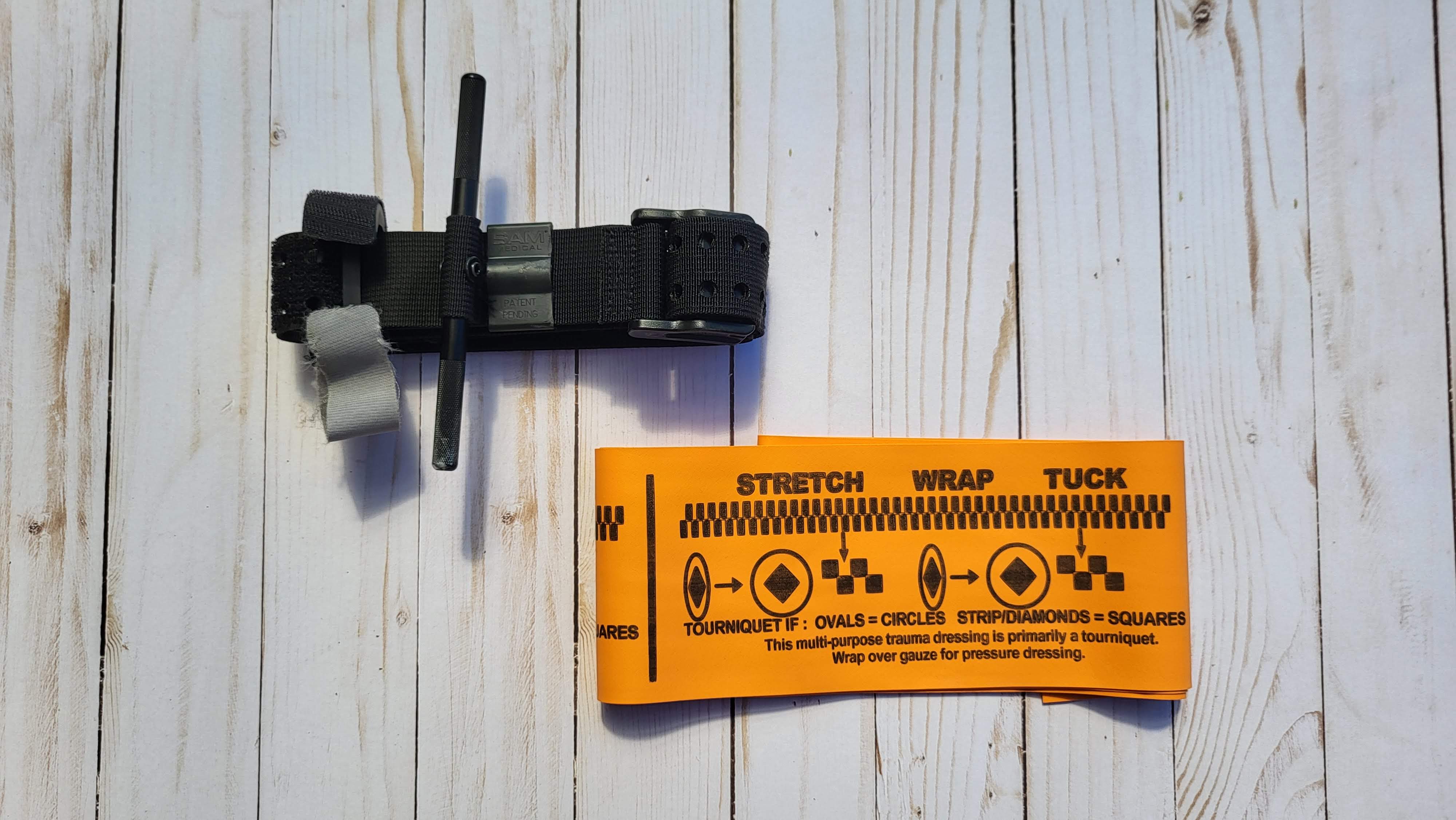Why Do You Need a Bug Out Bag?
Picture this: you're out hiking in the wilderness, enjoying the fresh air and beautiful scenery, when suddenly disaster strikes. It could be a natural disaster like an earthquake or a man-made one like a zombie apocalypse (hey, you never know!). In times like these, you need to be prepared. And that's where a bug out bag comes in handy.
What is a Bug Out Bag?
A bug out bag, also known as a go bag or 72-hour kit, is a portable bag filled with essential items that will help you survive for at least 72 hours in an emergency situation. It's like your own personal survival kit, ready to grab and go at a moment's notice.
So, What Should You Pack?
When it comes to packing your bug out bag, you want to make sure you have the essentials covered. Here are some items you should consider:
1. Water
Water is the elixir of life, so it's important to have a good supply in your bug out bag. Aim for two liters of water per person per day.
2. Food
Don't forget to pack some non-perishable food items like energy bars, canned goods, and dried fruits. You never know when you'll need a snack to keep your energy levels up.
3. Shelter
A lightweight tent or a tarp can provide you with shelter in case you need to spend the night outdoors. Don't forget to pack a sleeping bag or a warm blanket for added comfort.
4. First Aid Kit
Accidents happen, so it's always a good idea to have a first aid kit on hand. Make sure it includes a wide variety of supplies like bandages, antiseptic wipes, pain relievers, and any necessary prescription medications. While you're at it, check out our first aid backpacks! They make great bug out bags.
5. Tools
Having a multi-tool, a flashlight, and a whistle can come in handy in various situations. You never know when you'll need to fix something, light up the darkness, or signal for help.
6. Communication
Include a fully charged cell phone with a portable charger or a hand-crank radio in your bug out bag. Staying connected to the outside world can be a lifeline in an emergency.
7. Personal Documents
Make sure to pack copies of your identification documents, such as your passport, driver's license, and insurance papers. You never know when you might need them.
8. Cash
In an emergency, ATMs might not be accessible, so it's always a good idea to have some cash on hand. Pack small bills and coins for convenience.
Remember, Be Prepared!
Our Everyday First Aid backpacks make for great bug out bags! We've got your first aid needs covered with our included first aid kits, and our backpacks have room for all of your other needs.
Having a bug out bag ready to go can give you peace of mind knowing that you're prepared for whatever comes your way. Customize your bag based on your specific needs and don't forget to periodically check and update its contents. Stay safe and be prepared!



